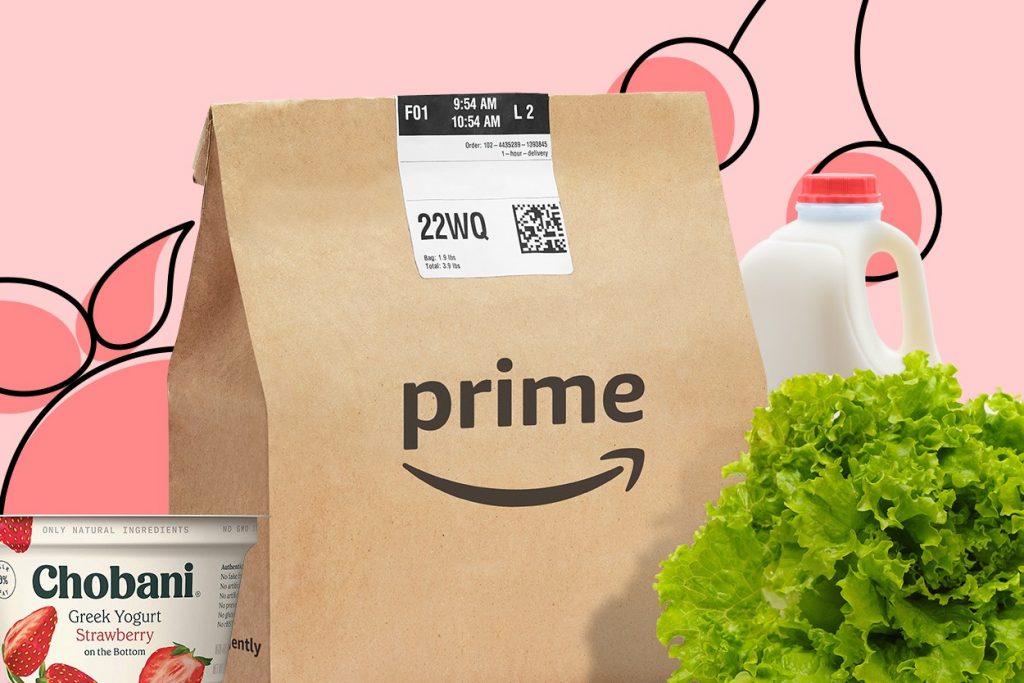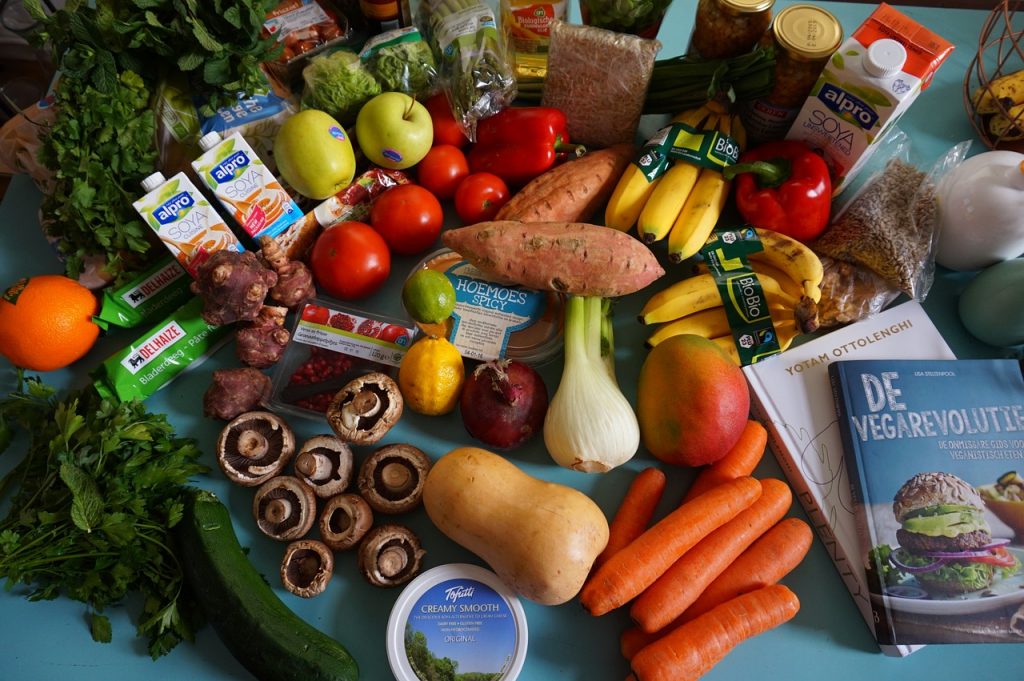Online Grocery Delivery Can Help Mitigate The Presence Of Food Deserts
Online grocery delivery can help those living in food deserts.
This article is more than 2 years old

For many of us, we don’t think much about going out to the grocery store. Yes, we have our grocery lists and yes, we have to get in the car and drive a couple of miles at best to get to the store. Sure, the process of doing it can be annoying, but for the most part, it’s a harmless process. But what about those folks who live in food deserts? Grocery shopping becomes a major challenge, which is why grocery delivery services could be a lifesaver.
If you haven’t heard of the term “food desert”, let us break it down for you. A food desert is a geographical area where its residents have few to zero options for purchasing healthy and affordable foods to include the much-needed fruits and vegetables.
Food deserts are found, in many respects, in high-poverty areas and they create daily hurdles that make it difficult for these communities to have healthy and strong kids and families. Food deserts are communities with smaller populations, places with a higher rate of vacant or abandoned homes, or whose residents are of lower levels of education and income as well as those with a higher rate of unemployment.
According to Johns Hopkins University’s 2014 study, Black communities are ones that see a much larger reality of food deserts. This study took a look at the availability of grocery markets in black, white, and multiracial communities and found that black communities had the fewest supermarkets while white communities had the most and the multiracial ones fell somewhere in the middle.
But also, from a U.S. Department of Agriculture report of 2009, nearly 2.3 million people living in the United States live more than a mile away from a grocery store and they don’t have reliable vehicle access to get to the store. Without this, these families either have to find a ride, or they need to take public transportation, walk, or if they are lucky, they can bike to the nearest supermarket. But these options are an extra burden, taking much more time, energy, and money than most have.

Granted, that above number has fluctuated (now 19 million with limited access) in the 12 years since it came out, a new Yale University analysis says that we already have a service in place that will help remedy the lack of grocery stores in these food deserts – online grocery delivery service. Not only does the grocery delivery service help tremendously in just getting groceries to those in need, but it also is looking to expand a pilot program that allows people to use benefits from Supplemental Nutrition Assistance Program (SNAP) – which is also known as food stamps – to help pay for those groceries.
What this means is that the many families who were having trouble getting the proper foods, now have a greater chance of getting it. As Yale University’s lead researcher Eric J. Brandt notes, the individuals using SNAP are getting a bad rap for the poor quality of food they purchase. He says the hope with the grocery delivery service is that it will lead to better quality diets. “So, I really hope that this is part of that pathway towards better quality and better health,” Brandt said via NPR.
The USDA pilot program allows SNAP recipients in these states – Alabama, Iowa, Maryland, Nebraska, New Jersey, New York, Oregon, and Washington – to use their benefits to purchase groceries online for delivery. What the Yale University study also found out was that almost 93% of households living in urban food deserts and were SNAP-eligible, were located in fully qualified grocery delivery areas.
“What is already in place as a potential mechanism to improve their access to quality foods? Delivery, definitely,” Brandt remarked.
As many of us know, getting groceries delivered is not a cheap process. Not only do grocery stores kick up their food price for those wanting a delivery, but there are also other costs to deal with, mainly inflated delivery fees.
The SNAP pilot program ended in April 2021, but many states have since added their name to the permanent program. People living in food deserts can use their SNAP benefits in virtually every state now. Unfortunately, the benefits will not cover the delivery fees or any additional costs associated with the delivery.
To find out more about this service and what states and grocery stores support it, you can go here.




